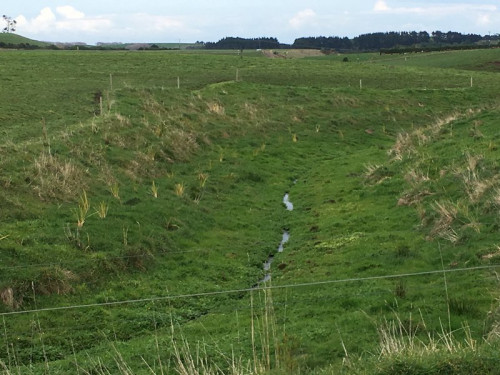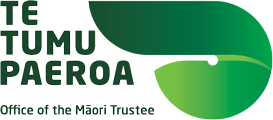Riparian Planting Projects Underway
By partnering with Wellington Regional Council, over 7 hectares of native Mānuka wetland at Otaki Beach is now protected by 1.6km of fencing.
This riparian wetland at Otaki Beach is one of only a handful of Mānuka protected areas in the country. Riparian is the term used for the narrow strip of land adjacent to either a river or stream wetland, planted with NZ native plants. Te Tumu Paeroa partnered with the Council on fencing and planting this block, as it was on their wetland protection register.
By fencing streambanks stock are kept out of the waterway and the riparian planting, helps to trap and filter phosphate run-off, from the pasture. Retaining the phosphorus in the rocks allows the waterways to rejuvenate and become healthy again, building the native flora and fauna within them.
We’ve also started working on fencing and riparian planting projects in the Taranaki region, to meet land compliance requirements and improve the environment and waterways there. Before this work can begin, planning is required to identify which blocks require protection of their riparian waterways. We’re partnering with Taranaki Regional Council and have made good progress with the implementation plans so far.

We’re identified all blocks under our care that have waterways or drains on them. Along with the Land Management officer from Taranaki Regional Council, we’ve assessed the following to create a riparian plan;
the length of fencing required along the waterway to keep stock out
the quantity and type of plants needed and where, so that the best protection can be provided to the waterway
Once the plan is formed and the trust has funds available, a fencing contractor (if needed) is sourced and plants are ordered from a local council approved nursery.
Te Tumu Paeroa is assessing the work that’s required on 15 blocks initially, with over 100 identified as requiring intervention to protect their waterways. These riparian areas will be planted with a variety of native plants. All blocks needing this work will be completed by the end of 2020 in order to be compliant.
We’ll continue to identify more blocks of Māori land that need to be protected and enhanced, to ensure that it’s protected for the future generations to come.
Photos: (Top) Mānuka Wetland, Otaki Beach; (Insert) Te Rua o Te Moko, Taranaki
